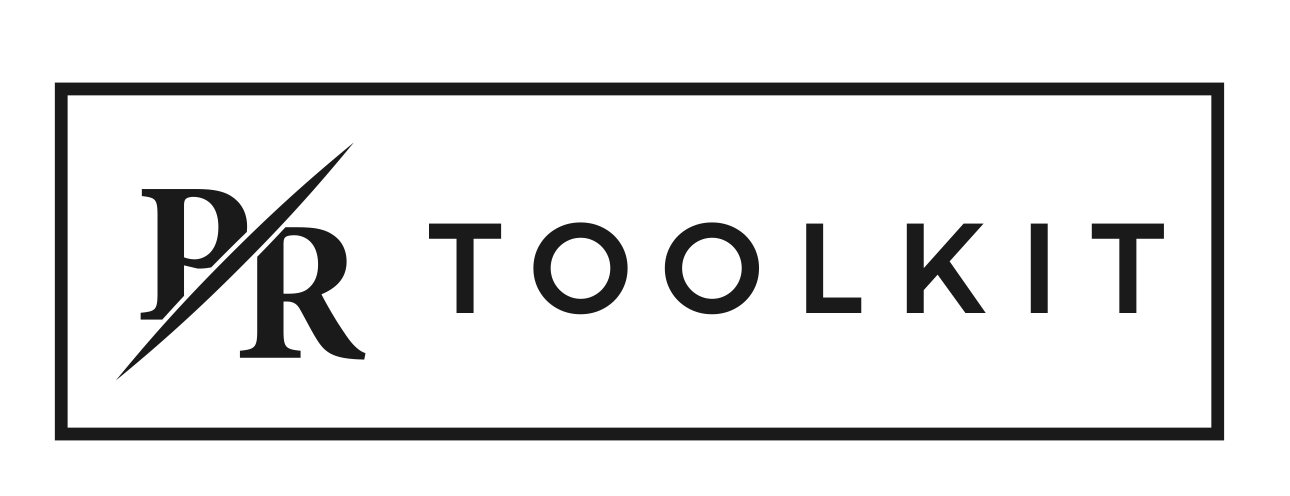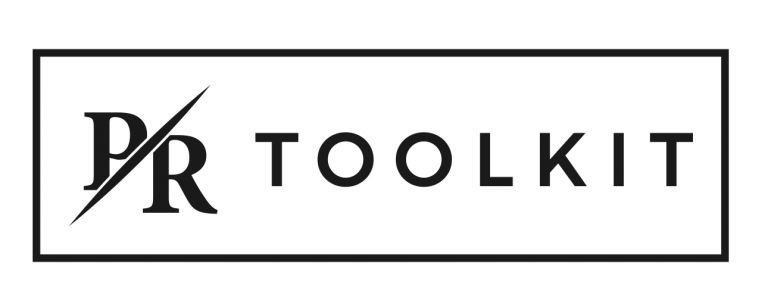Last week we explored the million-dollar question of whether you need to have established media contacts in order to secure coverage. While the simple answer is no, we discuss the benefits of having relationships with your target media.
Now we’re going to look at how to go about building a relationship with the media.
To put it simply, journalists are just people. So the most basic recommendation is to approach it just as you would any other relationship building exercise. It’s important to remember that every journalist is different and has their own way of working, but the key is understanding their personal preferences and how best to work with them.
To help you on your way, here are some general tips and just some of the ways you can start forging a relationship with key media:
Get to know them. Familiarise yourself with their work, the stories they write and be sure to follow them on relevant social media channels. Twitter is a popular platform for journalists.
Introduce yourself. Start via email and by pitching interesting and newsworthy stories. Ensure they start to see you as a valuable resource.
Be friendly, reliable and efficient. Most journalists are time poor and rely on external parties to help facilitate their stories. Be a help, not a hindrance.
Ask for a meeting. This could be in their newsrooms or at a local coffee shop for example. Position the request as wanting to understand more about their editorial priorities, how best they like to work and how you can best support them. To help you prepare for a media meeting, consider this media meet checklist.
Consider the desk side. If you have a suite of relevant, interesting and newsworthy stories you’d like to pitch, in addition to a credible spokesperson, then pitching a desk side visit could be useful. This is a standard PR tactic to facilitate face time with a journalist, introduce a spokesperson and discuss potential story ideas. However, given the time constraints many journalists are now under, it can be difficult to secure this time with them, however it’s perfectly reasonable to ask. But do ensure it’s a good use of their time.
Promote the experience. Depending on the nature of your business, try and get them to experience your product or service. If you have a product offering, package this up in an interesting or visually pleasing way and send to them, with some introductory information and perhaps some story ideas. If you own a restaurant or café for example, then invite them for a free meal or send some deliveries direct to the newsrooms. Whatever your business is, consider a way to enable the media to experience it, firsthand.
Thank them. Always be appreciative for media opportunities and close the communication loop with a gesture of thanks.
Engage with them. Let the journalist know that you read and like their stories – whether this is via Twitter or email – even if it doesn’t involve you or your business. It can be useful to facilitate general conversation beyond just the story pitch.
That’s it! As I always say, PR is not rocket science. The best way to build a relationship is to consider how you can make their job easier and deliver on all of your promises. If they’re interested in your story and want to conduct interviews or photo opportunities, then do everything you can to make it happen straight away – efficiency and being good to work with will always win you brownie points!
Want to learn more about how to become a publicity pro? Then check out our Mastering the Art of Media Relations manual, which is jam packed full of expert tips, tricks and how to’s. Good luck!

